Lying on the bed in our room and listening to the distinct crackling noise of automatic weapons not too far away, I raised an eyebrow at Oyv. ‘It’s probably just a wedding’ he said. I nodded: it’s true – festively shooting in the air on any given occasion is a thing around here.
It seems unnecessary to me – living just 40 km from the Syrian border you’d think the citizens of Baalbek, Lebanon would hear enough of that sort of thing echoing around the valley that divides the two countries.
And how did I suddenly end up in Lebanon, within earshot of somebody’s unique wedding reception? And where did Oyv come from?
I’d entered Turkey from the Georgian border in the east. A few busses and one long train trip later and I arrived in Goreme, a little town in the Cappadocia region.
I’d planned on spending a couple of days there and exploring but between my downcast mood after the Abkhazia-incident, the town’s overwhelming kitchiness and the numbers of tourists crawling like ants over every site in the area, I just spent one night.
That gave me enough time to check out the Open Air Museum, a vast honey-comb collection of rock-cut churches and monasteries dating from the 10th to 12th centuries. I also toiled up (seriously, it was 44 degrees out) to a viewpoint overlooking the famous fairy chimneys – also known to geologists as ‘hoodoos’ which personally I think is a cooler name.
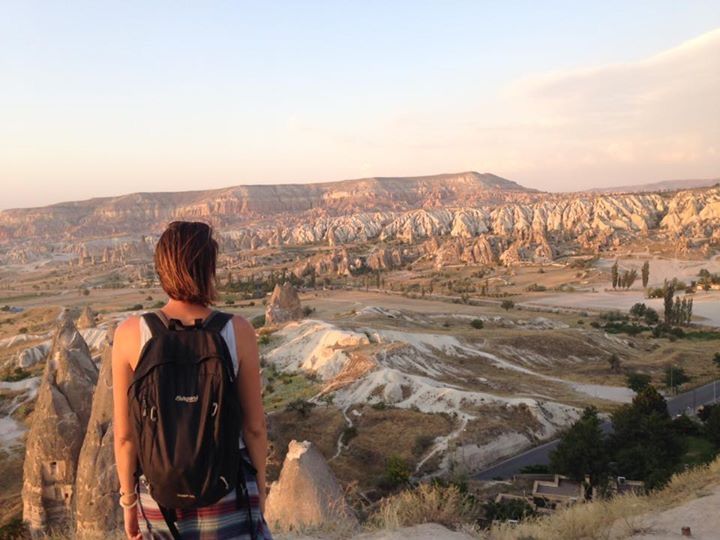
These natural rock formations emerged from the landscape starting with volcanic erruptions millions of years ago. The ash solidified; wind and water eroded away the softer bits leaving the hardest parts behind to stick sharply out of the earth; and there you have it. Hoodoos.
I’d last seen Oyv two months ago in Kyrgyzstan, and now we were meeting again in Istanbul, so I took a nightbus to get there from Goreme (the fanciest, comfiest bus I’ve seen in months, by the way).
We both really like Istanbul. There’s so much to see and do and if you don’t want to see and do anything, you can just eat.
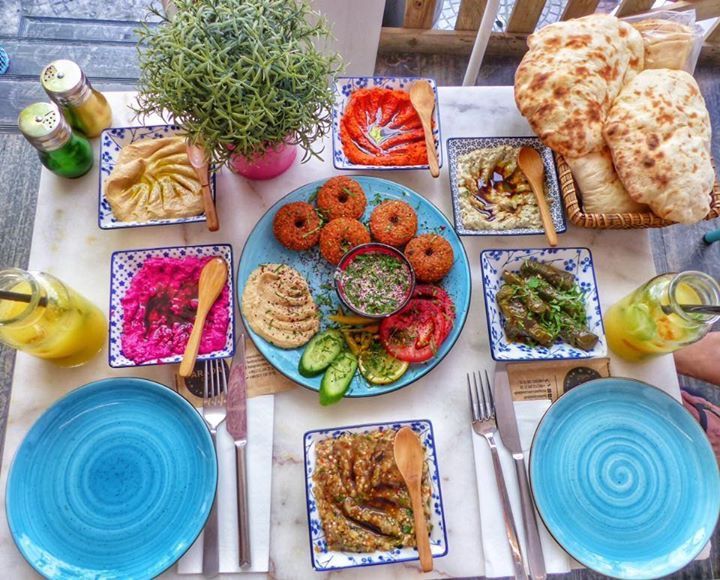
And eat some more.
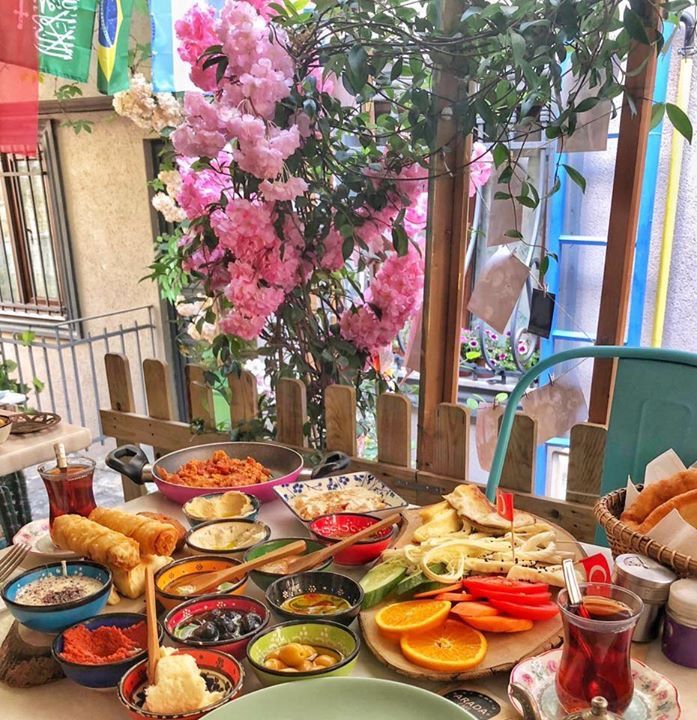
It’s fabulous.
And the city is full of ridiculously adorable stray cats and the locals who love them. There are little cathouses, and bowls of food and water set out on the pavements everywhere. I can usually only make it a block or so before I have to stop and pet one.
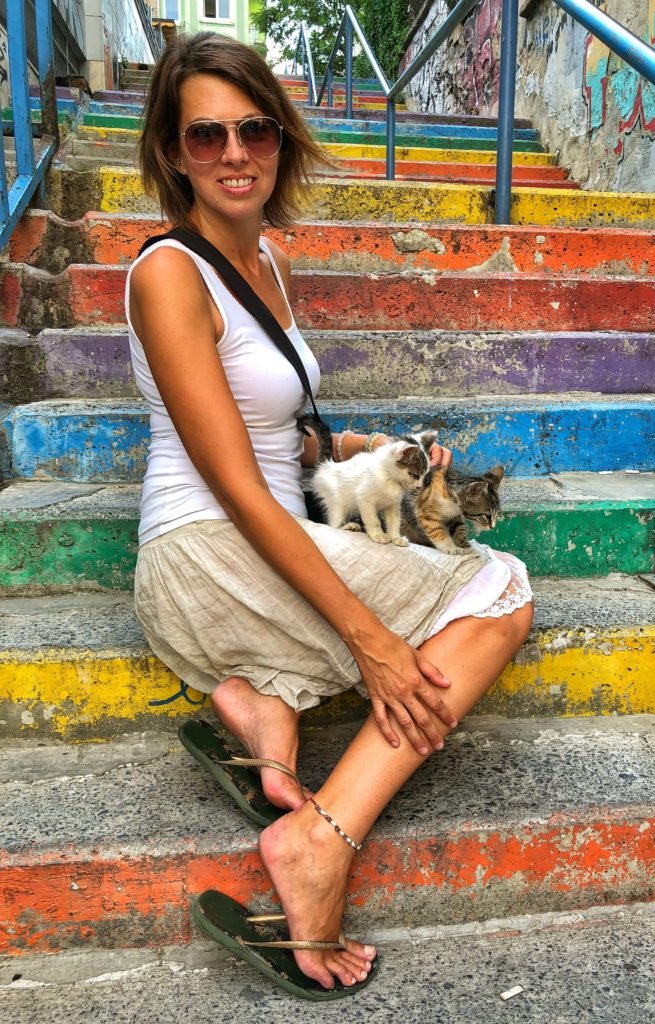
But meeting and eating in fabulous cat-friendly Istanbul was only the starting point for us – we had a flight to catch to Beirut. Incidentally this disrupted my overland travel-streak all the way from Kyrgyzstan to Turkey (just so you know, that’s pretty far) – but crossing Syria by bus isn’t really an option.
We walked around different neighborhoods in Beirut – little Armenia, Gemmayzeh, the waterfront. We saw this beautful Catholic church wedged into a street with a couple of cool cafes and old buildings (damage from Lebanon’s 15 year long civil war is still visible everywhere in the city).
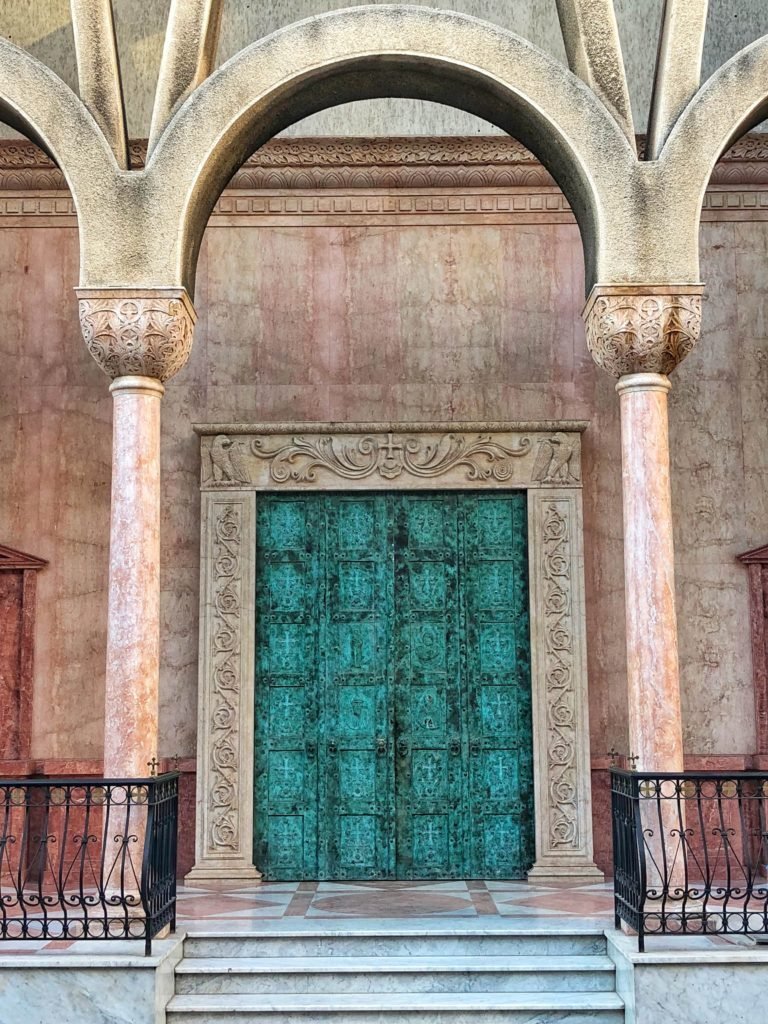
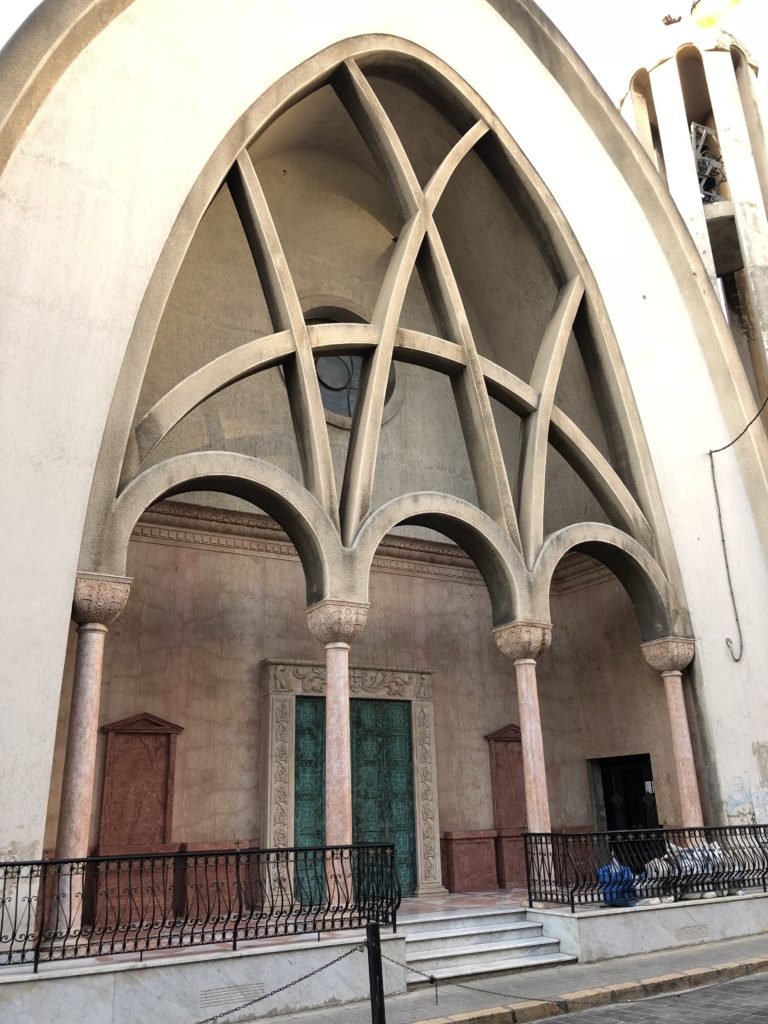
The mix of churches and mosques in the city surprised me.

What I didn’t know is that Lebanon is the most religiously diverse country in the Middle East.
Lebanon is easy to get around. It’s tiny, first of all. Distances are short and if you want you can cover the stuff you want to see in a series of day trips from Beirut. There always seems to be a minibus zipping by. Crazy drivers of the Middle East notwithstanding, the busses are pretty safe too and never overcrowded. But don’t get carried away and expect any extras, like seatbelts.
Ready to move, we lurked at a crowded intersection for a short while in Beirut and then hopped on a bus going to Baalbek. We were also Baalbek-bound but first we jumped out in the street in a town called Zahle and walked a kilometer or so to Chateau Ksara.

Ksara is one of the oldest wineries in Lebanon’s Beqaa valley wine region, founded by Jesuit priests in 1857. Together with its long history there’s also a long Roman-dug tunnel and natural caves underneath the chateau. These were only stumbled on by accident in the 1890s when some chickens went missing. The priests followed a fox who’d been absconding with the birds, and found his hiding place. Now the tunnels function as a wine cellar for the three million bottles the estate produces every year.

The estate also runs great free tours and (generous) tastings.
Baalbek is particularly famous for two things: it’s a Hezbollah stronghold; and, it’s home to some of the most intact and impressive Roman ruins I’ve ever seen.
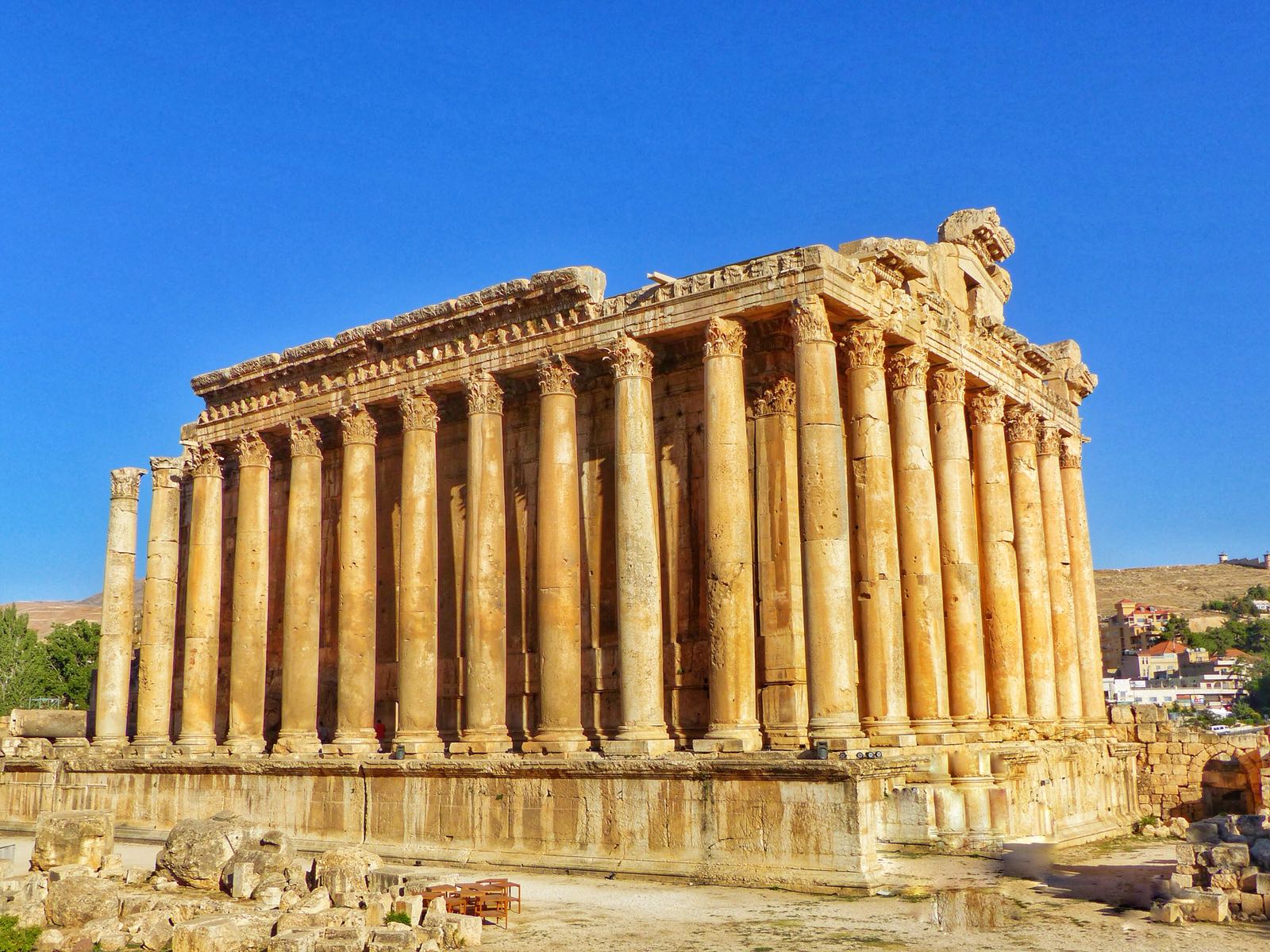
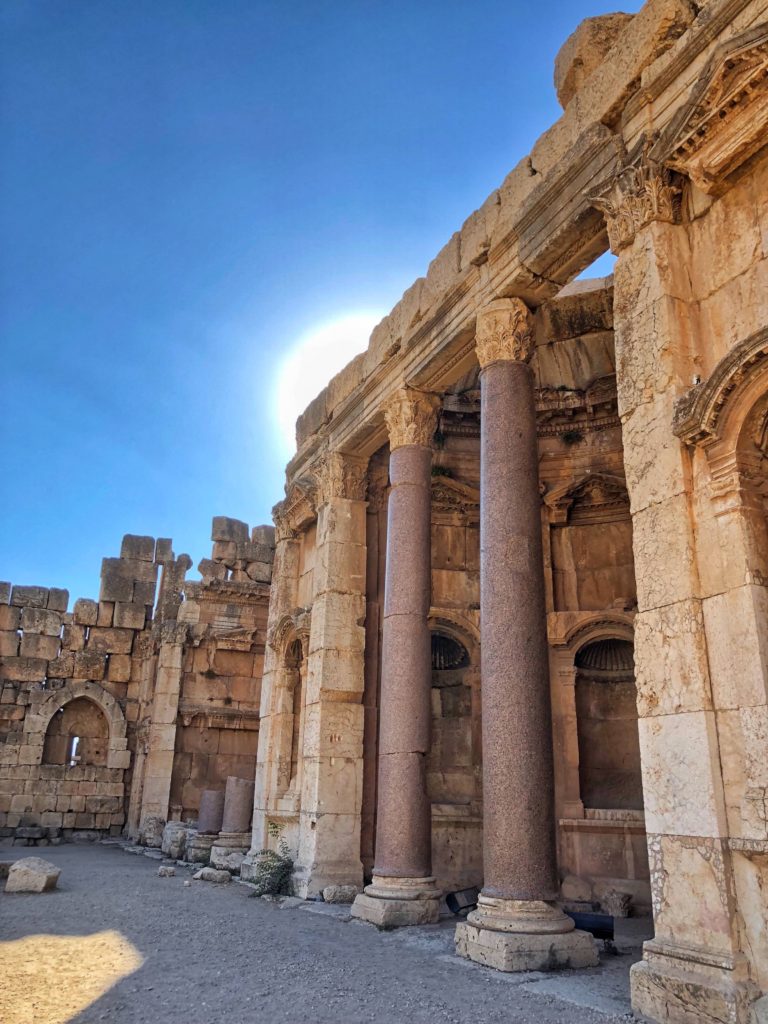
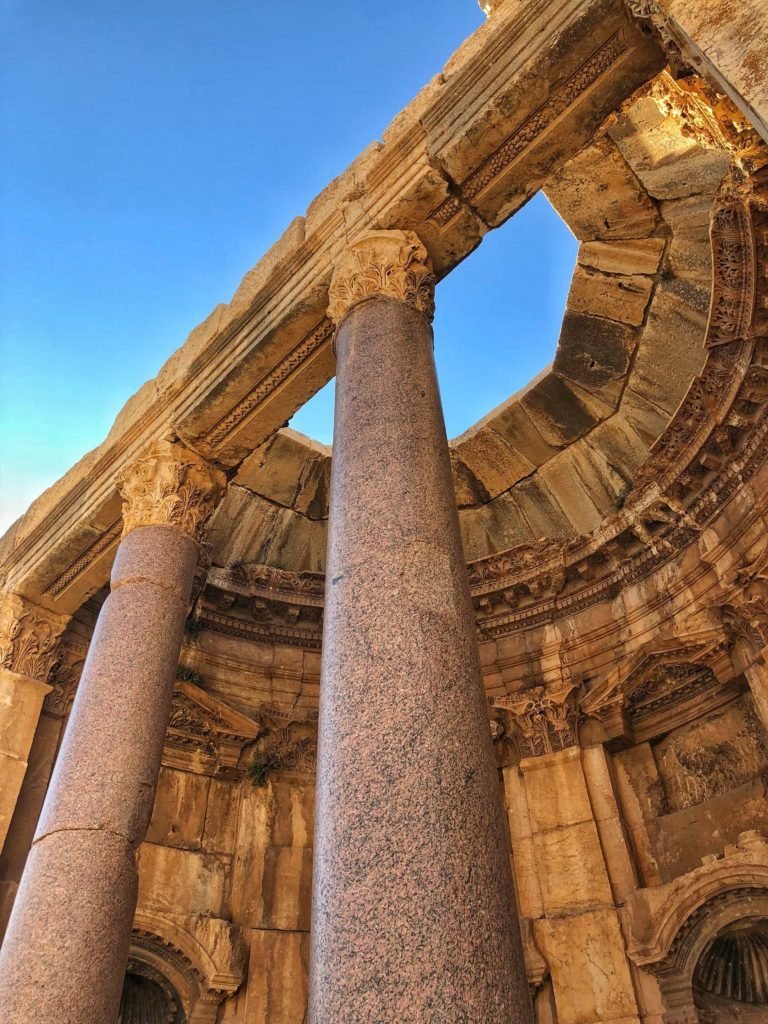
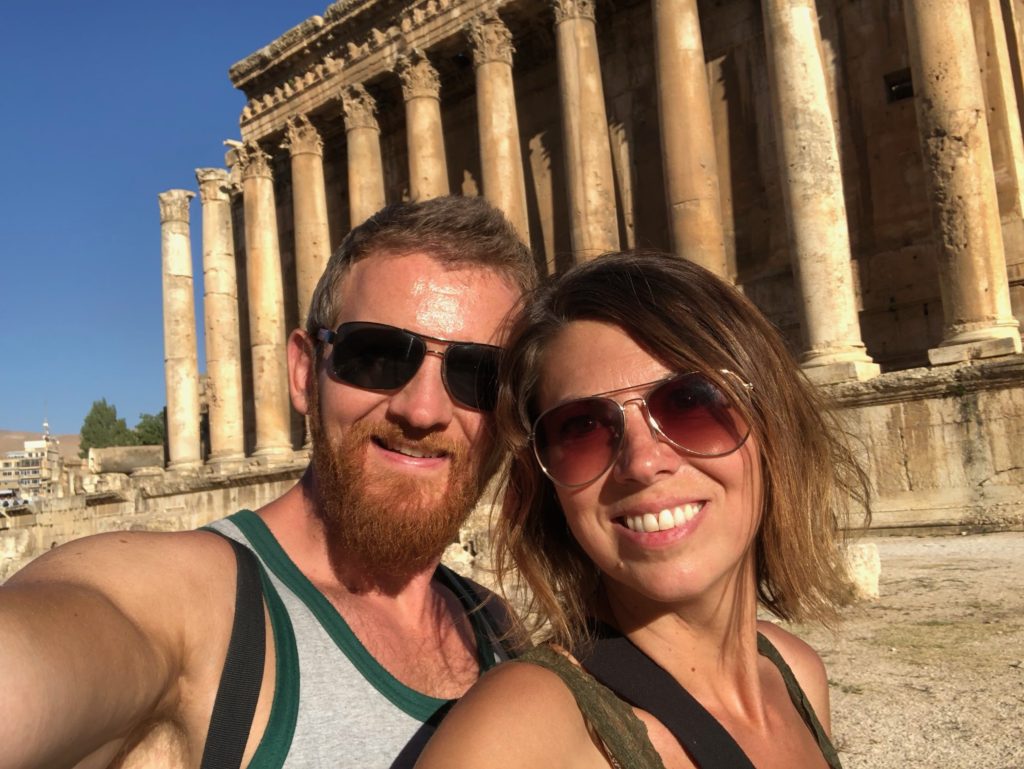
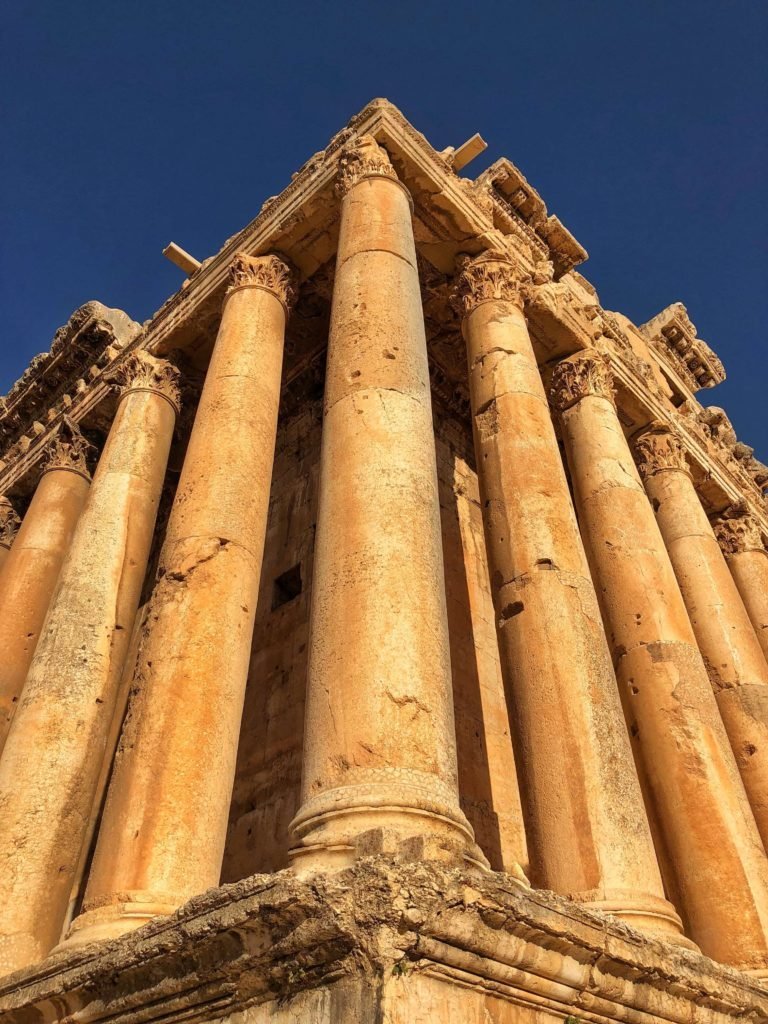
The Romans built three massive temples for Jupiter, Bacchus and Venus 2000 years ago on top of the ruins of an even more ancient complex dedicated to the worship of the Phonecian sky-god Baal and his consort Astarte, the goddess of heaven.
Baalbek is right next to the Syrian border so as I mentioned earlier, there’s the possibility that your visit to the ruins will be accompanied by the sounds of shooting and shelling echoing from across the valley. There aren’t a lot of visitors, coincidentally. But this doesn’t mean Baalbek is not safe: Lebanon apparently has good control over the border and the fighting is far away – and less frequent these days too.
So we just listened to celebratory gunfire from our room and wondered why the concept hasn’t caught on at home yet.
Then we headed to Tripoli, Lebanon’s second city. It has a long and pretty dirty waterfront area (to be honest Lebanon in general is really pretty dirty) and tangled electric wires strung crazily from pole to house to roof to pole again form dark webs over the crooked narrow streets. Men sit in the leafy square in front of the clocktower playing checkers and drinking coffee; there is a long palm-studded boulevard leading to the ocean; it’s famous for syrupy-sweet honey dripping little pastries. We ate a few times at the same place where the owner Mohammed introduced us to all his homemade local specialties and vowed to assist us with anything we might possibly need. We loved it.
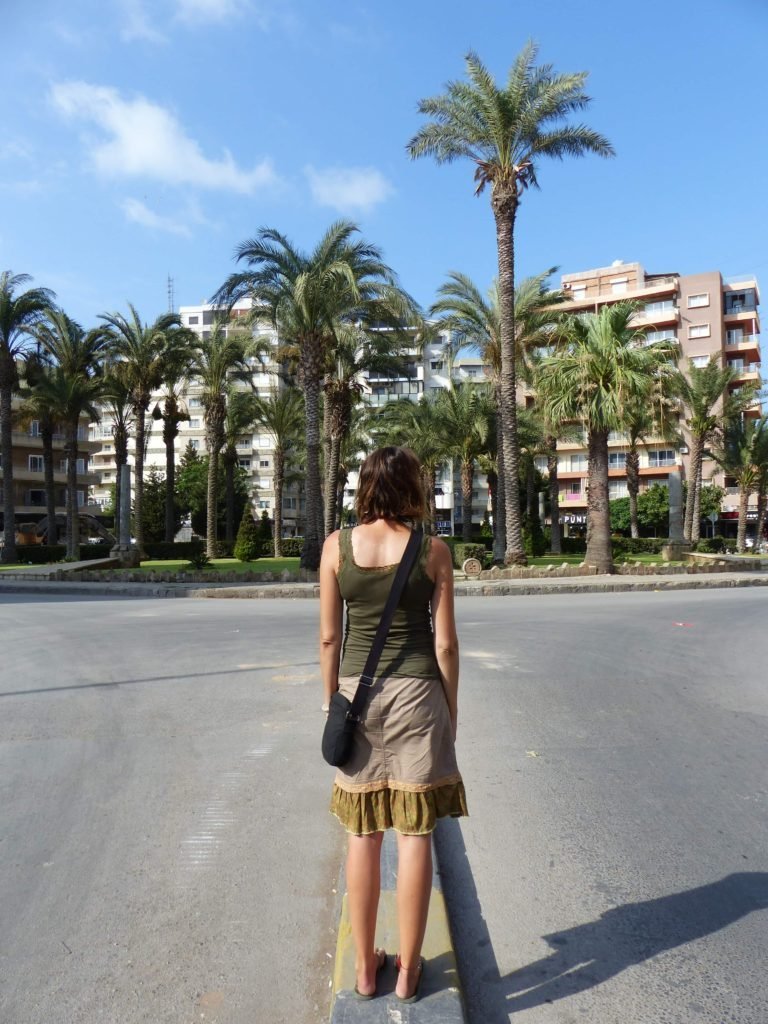
And if you need a break from sweltering city heat – then go to Bcharre. We took a share-taxi there from Tripoli (true to his word, Mohammed forced one of his waitstaff to arrange it for us). In Bcharre you might forget you’re in the Middle East altogether – cool fresh air, rolling green hills, and a church on every mountaintop.
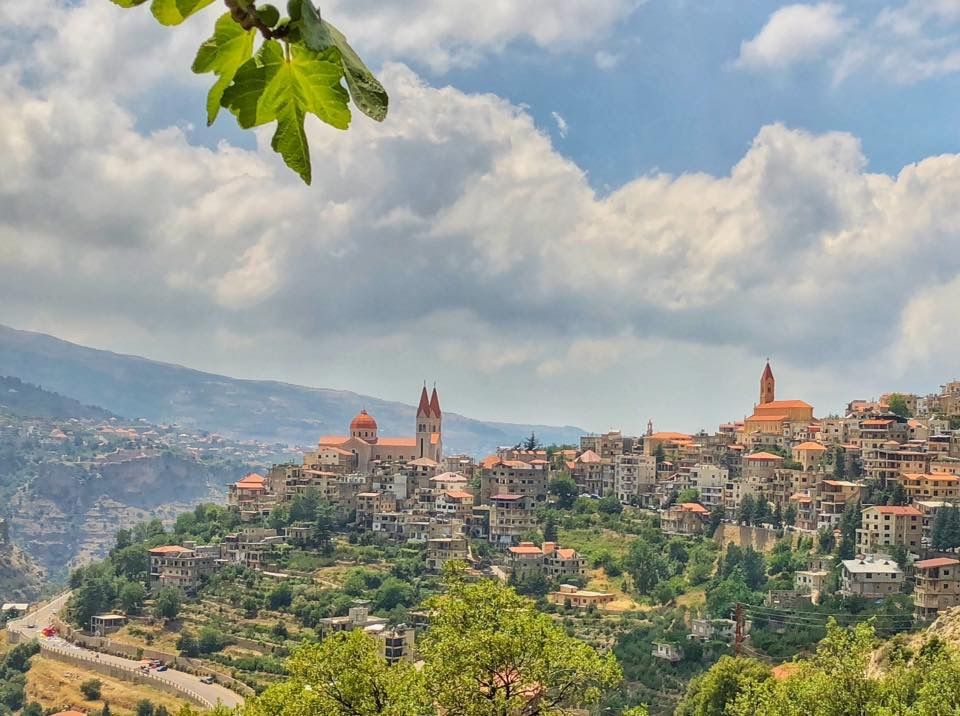
Returning to Beirut for a day or two before carrying onto Jordan, we lounged around a big open air garden bar smoking shisha. We were really happy with our experience in Lebanon. What’s not to love about it? It may be a bit misunderstood; it’s got some unstable neighbors (maybe it’s not a model of stability itself); it’s not at all friends with Israel. It’s smack in the middle of one of the most volatile areas in the world. Lebanon’s full of Syrian refugees and there’s a lot of tension simmering about this. There’s a huge military presence – there are armed soldiers literally everywhere you go.

But visit Lebanon anyway and you’re rewarded with so much friendliness, chatty and helpful locals, great city-vibes, and history that spans centuries of civilisation.
Read More
For more of my adventures (and misadventures) in the area, check out my stories from the road in Jordan.




This Post Has 3 Comments
After what happened to you in Abkhazia I’d be drowning my sorrows in food and wine too!
Hey, true enough. Things definitely started looking up:)
For your travels you choose very exotic countries. I like your blog. Thanks!